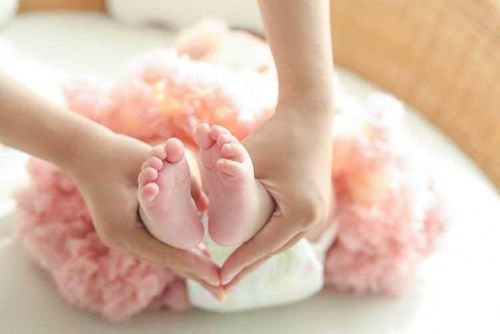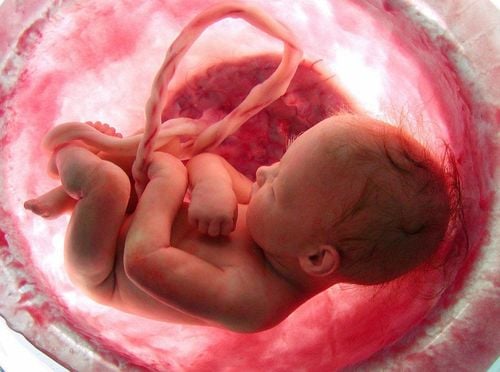This is an automatically translated article.
Dental crown is a rare disease, so in the past it was often overlooked and the diagnosis was easily missed. However, recently this disease has increased much due to the more widespread indications for cesarean section and there are cases of caesarean section on request. Dental implants lead to increased rates of obstetric complications and maternal mortality.Find out the causes, complications and treatment direction with the advice of ultrasound doctor Pham Minh Kiem - Vinmec Times City hospital.
1. What is a comb? This is a pathological phenomenon where the placenta does not peel off from the uterine wall after childbirth, but adheres to the uterine muscle, even invading neighboring organs. If the implant is attached to the uterus too deeply, the placenta cannot separate itself into the uterus or only partially peels off. The problem occurs when the blood vessels open, but do not close in time. This is also the cause of the need for blood transfusion, postoperative infection and postoperative fistulas.
2. Cause of placenta previa. Placenta previa is understood as the placenta that develops in the lower, lowest part of the uterus. Placenta previa is closely related to previous uterine surgery or cesarean section. If you have ever had a cesarean section and had placenta previa, your chances of having a placenta previa will be up to 25%. If you have had a cesarean section more than 2 times and currently have placenta previa, the above rate increases to 40%. Meanwhile, placenta previa without placenta previa is very rare. However, other factors also increase the likelihood of placenta accreta such as previous abortion, pregnancy over 35 years old, smoking habits, uterine fibroids, asherman syndrome causing scarring of the uterus. ...
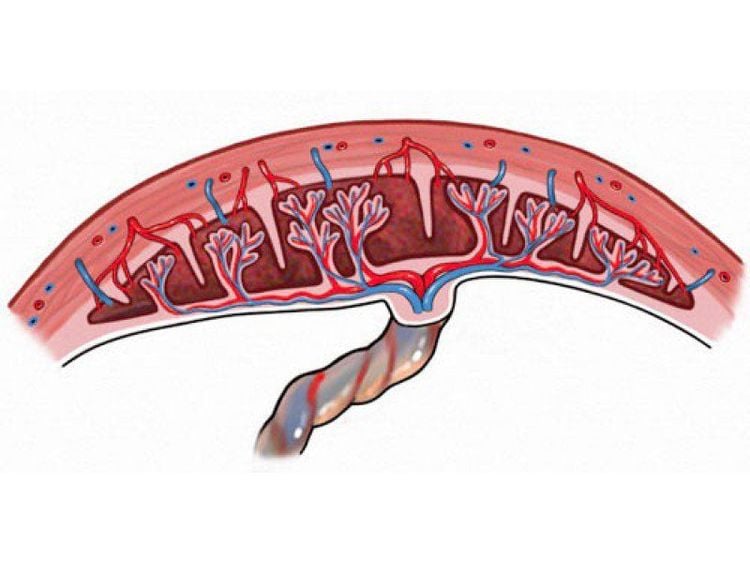
Postpartum haemorrhage requiring blood transfusion, threatening the mother's life Postpartum infection Preterm birth due to heavy bleeding Hysterectomy If the placenta reaches the bladder or rectum, sometimes part of the bladder or rectum must be removed to stop the bleeding 4. When placenta is detected, the treatment direction depends on on the condition of the mother The location of the placenta Placement of the uterus Invasion of the uterine muscle Area of the placenta In mild cases, the woman is resuscitated with blood and the uterus stops bleeding on its own, In the most severe cases, the doctor will have to decide hysterectomy even, if the placenta has spread to the bladder or rectum, the solution may be to remove part of the upper two parts.
5. Treatment of placenta accreta at Vinmec hospital When there is an active diagnosis before birth: Treatment depends on the degree of adhesion of each other, the degree of damage to neighboring organs. When the placenta is too tightly attached and invades nearby organs, the doctor will recommend a caesarean section, leaving the placenta intact and cutting the uterus along with the placenta, because trying to remove the placenta will cause severe blood loss and damage to the uterus and nearby organs. When the comb teeth are placed less: can only cesarean section, try to remove the part of the placenta that can be removed, the part that is difficult to remove, and then use drugs to kill it. The caesarean section with the placenta is a difficult surgery, requiring the surgeon's skill to avoid a lot of blood loss as well as potentially affecting the next pregnancy. When diagnosing placenta after birth: depending on cesarean section or vaginal delivery, it is necessary to suspect placenta if it is found that the placenta does not fall off spontaneously after the baby is born. Specific treatment depends on the status of the placenta and the mother's blood loss.
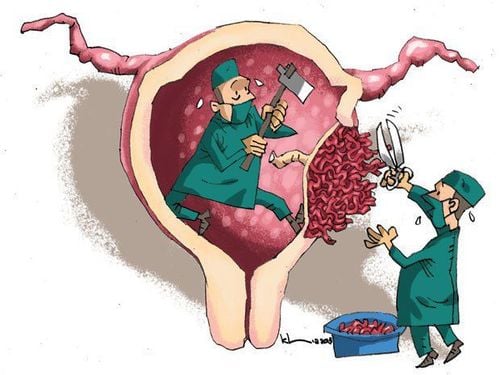
Like the case of Ms. Pham Thi Dao (38 years old, Nha Trang), she had a spectacular "birth" when she suffered from a complicated placenta previa. At the 35th week, she was discovered that the placenta was attached to the comb teeth. For Ms. Dao, the situation was even more complicated when she suffered from hemophilia.
Determining by all means to keep the uterus to ensure the patient's health and "family happiness", Dr. Bang (Vinmec Nha Trang) and his team made every effort to prepare the best for the operation. out successfully. The team from the Department of Obstetrics and Gynecology, operating room, imaging, testing ... have scripted for possible bad situations such as bleeding, having to remove the uterus .. to have the best preparation. . The smooth coordination between the specialties helped Ms. Dao have a safe labor, mother round and square. In particular, during the cesarean section, Ms. Dao only needed to transfuse half a liter of blood and an anticoagulant unit.
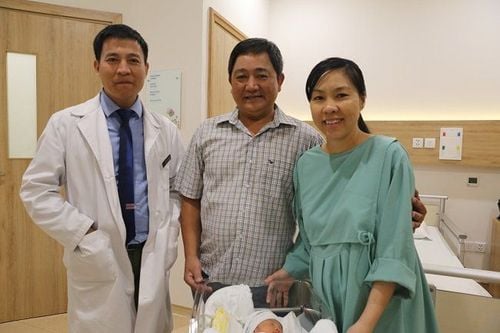
You should also have regular antenatal check-ups and follow-up throughout pregnancy to minimize the risk of this disease. At the Department of Obstetrics and Gynecology - Vinmec International General Hospital, this whole process is carried out closely, not forgetting the problems of the fetus, solving many difficult cases such as: placenta, knotted umbilical cord, premature fetus, etc. .. In addition, gather a team of highly qualified doctors at home and abroad as well as the quality of ultrasound machine system, modern equipped medical equipment, accurate antenatal check-up process, science and technology. The school will handle abnormalities during pregnancy and labor quickly so that the mother can have the safest pregnancy.
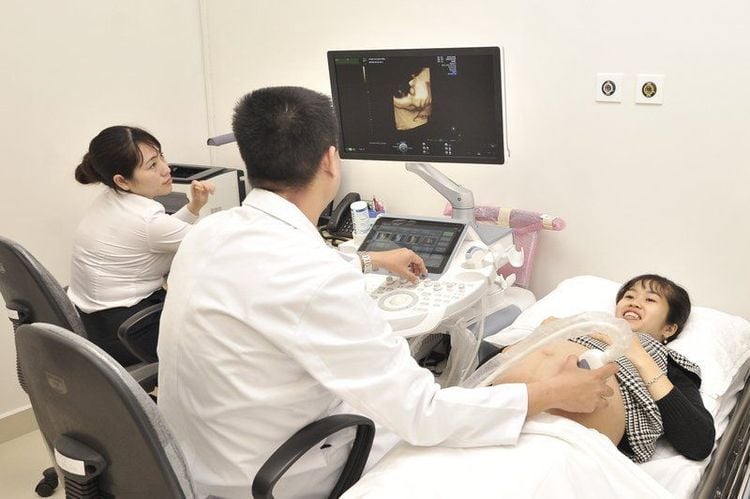
Please dial HOTLINE for more information or register for an appointment HERE. Download MyVinmec app to make appointments faster and to manage your bookings easily.





